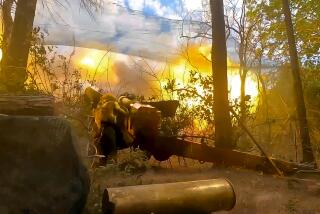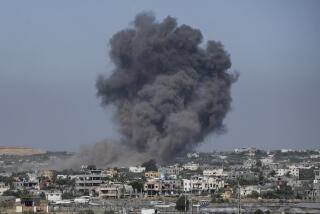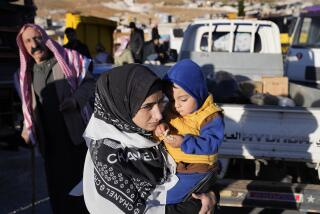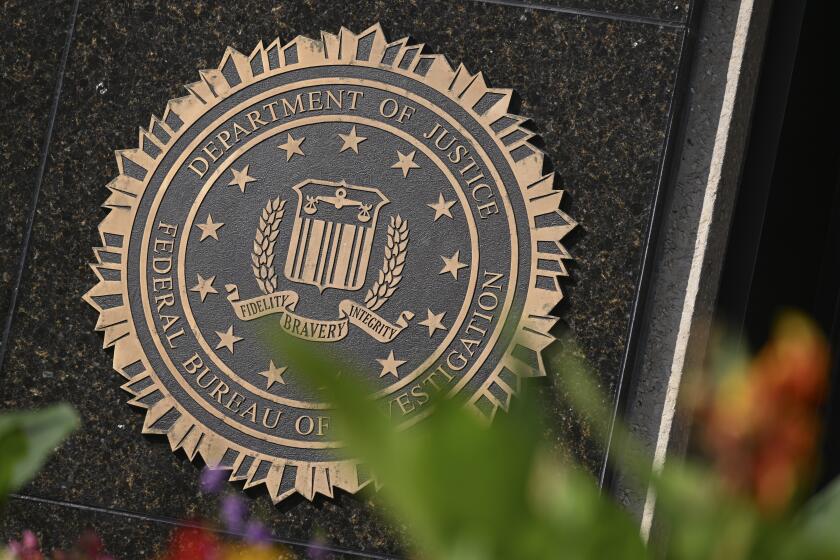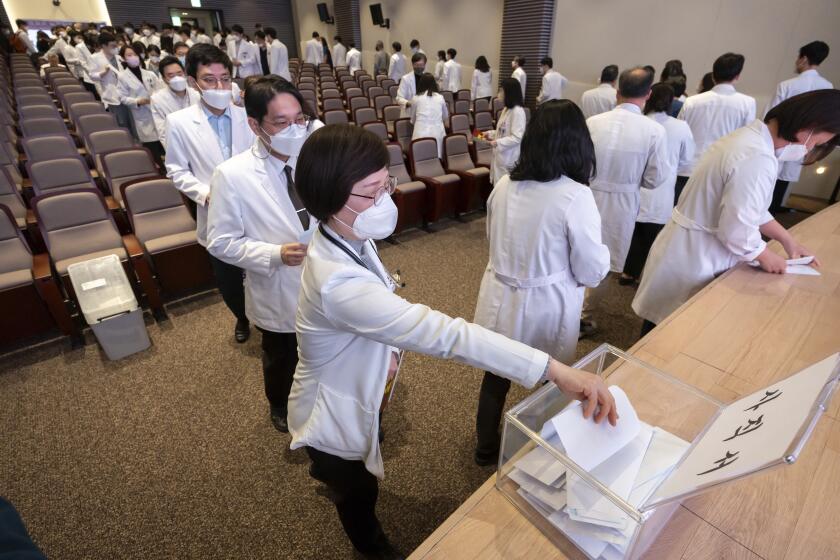Syrian army says it has taken control of longtime rebel stronghold
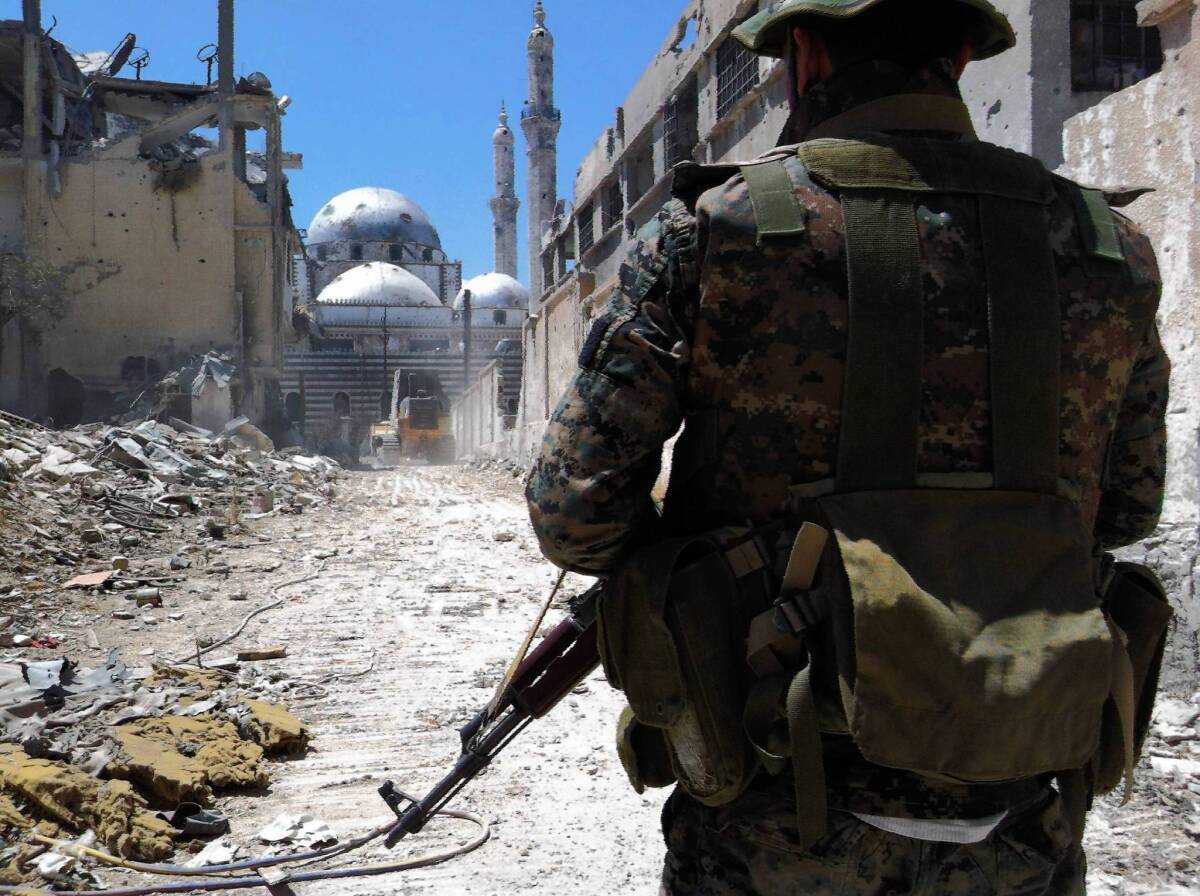
HOMS, Syria — A pair of slender minarets and the silver dome of the Khalid bin Walid mosque arise like a fairy castle from a foreground of rubble in the Old City of this war-ravaged city, dubbed the “birthplace of the revolution” by antigovernment activists.
“Khalid bin Walid is the protector of us, after God,” said a city resident, referring to the revered figure in Islam who is the mosque’s namesake. “We hope to be able to pray there soon,” the man, who goes by the nickname Abu Farhan, said as he emerged Tuesday from his building in the Ghouta district. The zone affords a partial view of the majestic mosque, about a mile away.
The government announced Monday that the army had “established full control” of Khalidiya, the Old City neighborhood where the mosque is situated. Khalidiya was long a strategic and symbolic stronghold of rebels. Video shown on state TV indicated that the Khalid bin Walid mosque was intact, albeit heavily damaged.
The mosque is the central religious landmark in this conservative city, where many sympathize with the rebellion against the government of President Bashar Assad. Syrian authorities seemed keen to refute rumors that the storied mosque had been destroyed in the offensive against Khalidiya.
This city has long been linked to the Syrian conflict. Little known outside Syria, Homs became a fixture of international headlines two years ago as a kind of ground zero of the insurgency against Assad’s rule. Fierce battles raged in several districts, including Khalidiya and the Bab Amr neighborhood.
Insurgents have since been chased from the Bab Amr area, which is now mostly a ghost town, its main drag largely in ruins. Some fear that Khalidiya could face a similar fate.
Meantime, Homs retains considerable strategic importance as a key stop on the route north from Damascus, the capital, to Aleppo, the onetime commercial hub that has been split between rebel and government control for more than a year.
The loss of Khalidiya was clearly a blow for the rebels, who had controlled the district for most of the last two years. Several other Old City areas remain under nominal rebel sway. But the army appears determined to crush pockets of opposition in this war-weary city, Syria’s third-most populous.
The official media trumpeted the victory in Khalidiya as a key triumph that “would further escalate the dramatic collapse of terrorists,” using the government’s standard term for armed rebels. State media compared the advance to the June takeover of the strategic city of Qusair, near the Lebanese border in Homs province. Qusair had been under rebel control for more than a year before it was overrun by pro-government forces.
Like Qusair, the rebel-held sectors of Homs’ Old City have suffered cataclysmic damage in two years of fighting, opposition occupation and regular bombardment. Official video from Khalidiya showed a panorama of collapsed buildings with burnt facades and piles of rubble where homes and shops once stood. Such scenes are now common in Syria’s conflict zones after more than two years of war.
On Tuesday, entry to Khalidiya was closed off to journalists. Officials said the place was too dangerous. It was possible to advance only to a point in the now-desolate commercial strip of Droubi Street, about half a mile from the entrance to Khalidiya. Rebel snipers were ubiquitous between Droubi Street and Khalidiya, Syrian security men said. The occasional crackle of gunfire interrupted an eerie quiet in the once-bustling shopping zone, where stores are now mostly looted and destroyed.
“There’s a sniper to the left that covers that corner,” explained one soldier, pointing to an abandoned intersection near a central clock tower. “Then there’s another sniper that covers the tower.”
A Russian T-72 tank and an armored Shilka antiaircraft vehicle were parked outside the deserted commercial mall where troops had taken up positions. On the second floor, a tank crew was taking a break, using metal straws to sip mate tea, a South American treat that somehow made the jump back to the Old World. The tank men watched a Syrian soap opera on a portable TV. The rebels who were holed up in the Old City remained heavily armed and dangerous, the troops agreed. The fight to dislodge them would probably take weeks or more.
“They have everything,” said one tank crewman when asked whether the opposition fighters possessed sufficient firepower to take on the army’s Russian-made tanks.
Although Khalidiya has been vanquished, several other Old City districts remain largely in rebel hands, officials said. Several thousand rebels may be encircled in the old part of Homs, desperate to get out, or willing to fight to the death.
The rebels launched a counterattack of sorts late Monday, authorities said, firing several mortar rounds that landed in and around the Husami mosque in Homs just as people were finishing their evening prayers. At least five civilians were killed, according to the Syrian Red Crescent. Ambulances raced from the site with casualties.
The army responded with an hours-long barrage of mortar shells and automatic weapons fire that lasted into early Tuesday morning.
Special correspondent Nabih Bulos contributed to this report.
More to Read
Sign up for Essential California
The most important California stories and recommendations in your inbox every morning.
You may occasionally receive promotional content from the Los Angeles Times.
